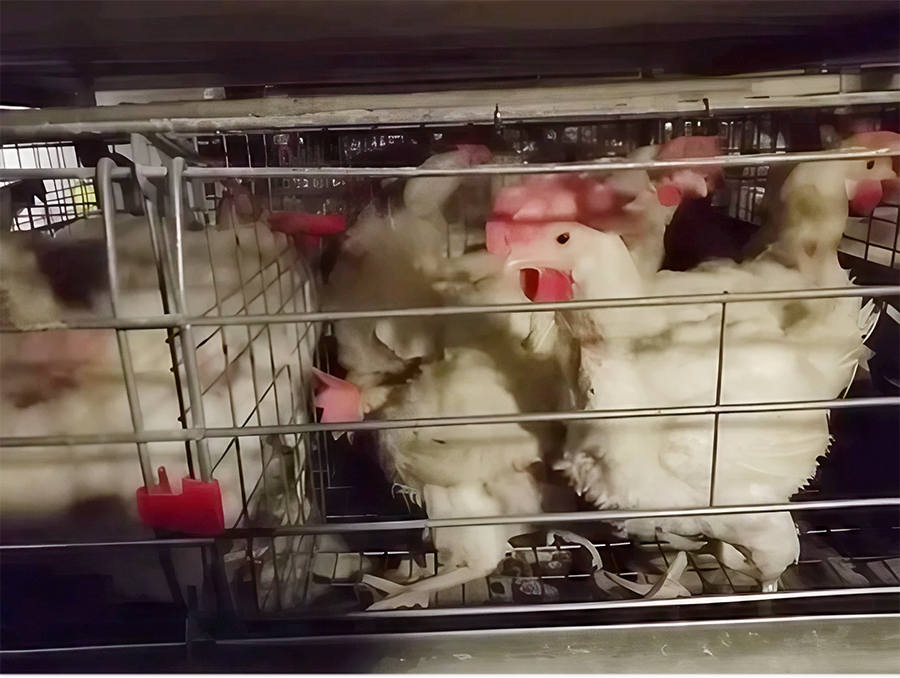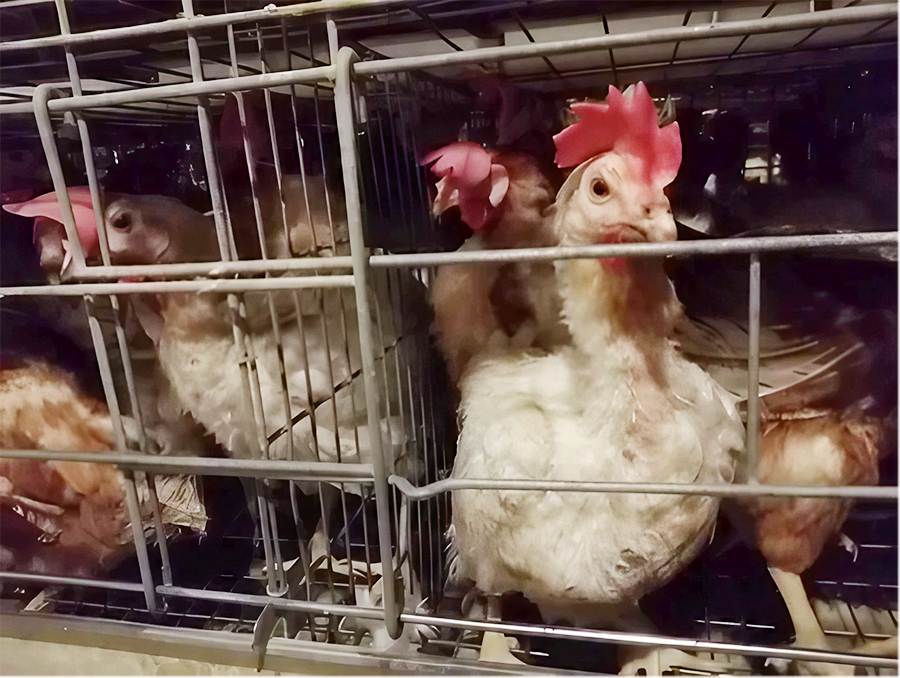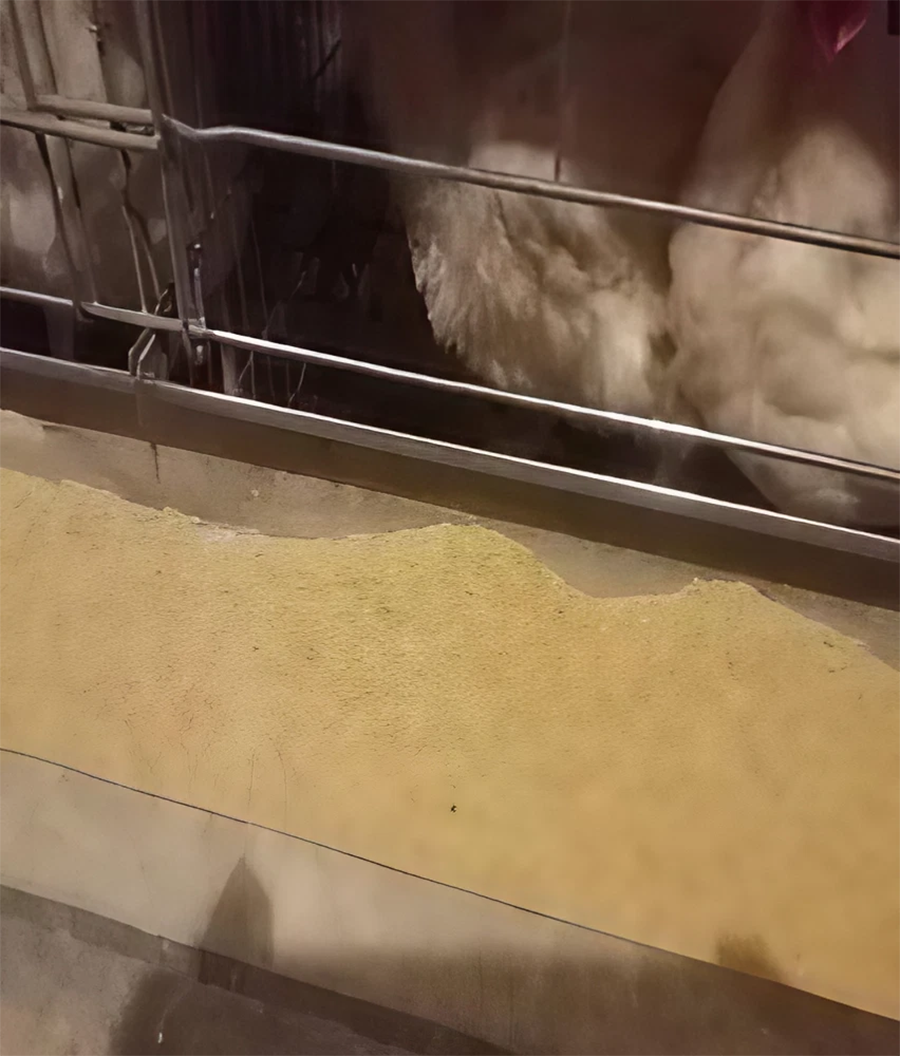Copyright © Shandong Wedo Agritech Co., Ltd. All Rights Reserved. Site Map
- +86-15253660961
- service@wedoagritech.com
- 67-2, Headquarters Base, Beihai Road, Weifang, Shandong

Feather loss in laying hens is a common problem in the breeding process, and it is also a headache for breeders and many professionals. So what are the reasons that aggravate or cause laying hens to lose feathers prematurely in daily production management? Based on many years of breeding experience and several problems found on the field, let's talk about the reasons for feather loss in laying hens.
The range of laying hens losing feathers

Common feather loss range: neck - tail - chicken back - chicken abdomen.
The reasons for feather loss in different parts are different.
So once feather loss occurs in a chicken farm, do not blindly judge the cause, but be sure to conduct on-site inspections to understand.
Case Study
A chicken farm has a breeding scale of 600,000 chickens, breeding age: 12 years, breeding varieties: Hy-Line Grey, Da Noon Golden Phoenix, and Fen Liu. The number of chickens in each building is 120,000, and the varieties raised in each building are also different, and the feed used is also the same. The farm manager said that each laying hen house is currently experiencing feather shedding to varying degrees, with houses 1, 3, and 5 experiencing more severe feather shedding and houses 2 and 4 experiencing less severe feather shedding. The feed has also been tested and all meet the feed standards. The ages of the laying hens are 180 days, 291 days, 349 days, 511 days, and 153 days.

The hair loss we saw on site was mainly on the back, and the area of hair loss was also very large.
From the on-site situation
1. Excrement is too thin and black.
2. Feed five times a day at 8:00, 11:00, 14:00, 17:00 and 19:00.
3. Light on and off time: Light on time in the morning is 6:00 and light off time is 21:00.
4. Too much fine powder in feed.


1. Autopsy: The chickens had enteritis, enterotoxins, adenomyosis, mold and other diseases.
2. The feeding time was reasonable for the first four times, but after the fifth feeding, the night patrol found that there was no feed around 8 o'clock in the evening.
3. Too much fine powder in the feed caused the chickens to not eat enough, and there was still leftover feed in the feed trough every time the feed was added.
Comprehensive analysis
1. Intestinal diseases in chickens have always existed, and no prevention and control measures have been taken for intestinal diseases.
2. Judge based on feeding time, light on/off time and breeding density. There is no feed in the feed trough from 8 pm to 8 am, and the empty feed time is relatively long. When feeding, the chickens scramble for feed, squeeze each other, and trample on each other, causing hair on the neck and back to fall off.
3. Adding too much powdered feed will cause the chickens to not be full, resulting in weight loss, uneven nutrition intake, and hair loss.
Suggested Solution
1. Regularly carry out preventive health care for intestinal diseases of chickens.
2. Control the quality of feed raw materials.
3. Adjust feeding time.
4. Choose to use high-quality rice.
After using the recommended solution for a period of time, the chicken farm was visited on site. The chicken houses with slight feather shedding did not continue to shed feathers, and the chicken houses with severe feather shedding did not show any signs of increase.